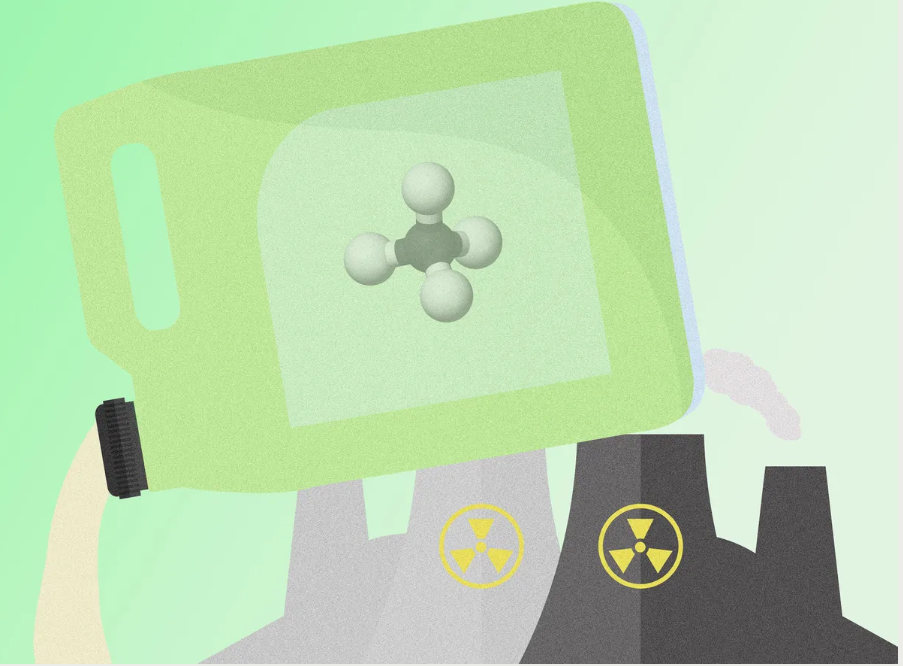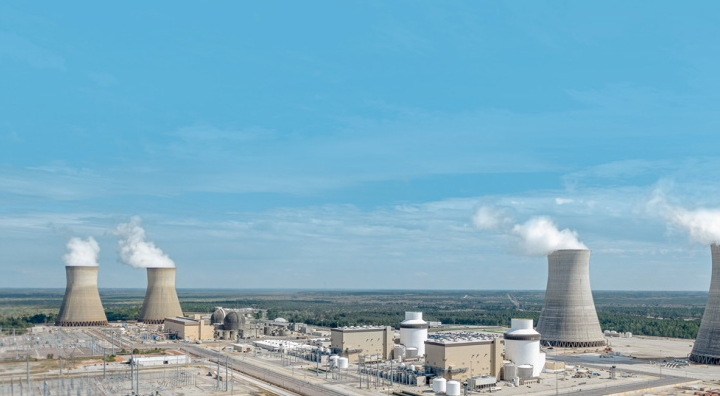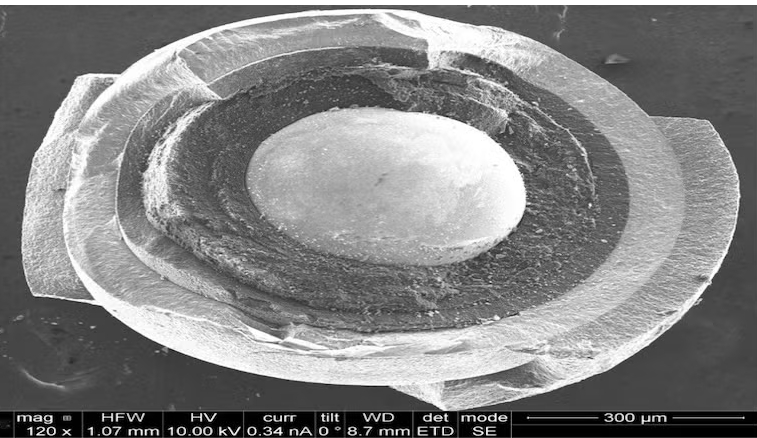
While renewable energy is helping to decarbonize the power sector, transport today still relies heavily on fossil fuels. More than a third of the world’s carbon-dioxide emissions in 2021 came from transporting people and cargo, according to the International Energy Agency.
Synthetic fuels—drop-in replacements for liquid fuels such as gasoline and kerosene—could significantly reduce the carbon footprint of transportation if they are made from captured carbon-dioxide emissions and hydrogen from an emissions-free source. The problem is that producing liquid hydrocarbon fuels requires a large amount of clean energy.
Nuclear power could be the answer, some believe. The Department of Energy is funding a US $20 million project led by Utah-based Oxeon Energy that will use nuclear power to produce synthetic hydrocarbon fuels. And in a recent report, the Nuclear Industry Association urged the United Kingdom to become a world leader in the production of emissions-free synthetic fuels using nuclear energy.
Peter Styring, director of the UK Centre for Carbon Dioxide Utilization and a professor of chemical engineering at the University of Sheffield, in England, tells us why he thinks synthetic fuels are going to be crucial in the transition to electric transport, and how nuclear power could help, if it can gather steam.
What is the environmental argument for using synthetic fuels?
Peter Styring: Synthetic fuel acts as a normal fuel but can be made from captured carbon dioxide, not fossil carbon extracted from the ground. Think of photosynthesis, where we humans emit carbon dioxide and then a plant captures it and converts it into sugar to be used again. Synthetic fuels are similar but much quicker than a tree or a plant.
Is there a market for synthetic fuels today?
Styring: There is a lot of discussion at the moment about the costs and benefits of synthetic fuels. There’s a big drive in the U.K. and other countries to go to an electrified vehicle fleet, but that has an environmental impact over the complete life cycle. You need a huge battery and renewable energy supply. So Germany is taking the lead in the E.U., which had a proposed ban on new internal combustion engines by 2035. But Germany now wants to allow vehicles to run on synthetic fuels.
The transition to electrified transport simply cannot happen by 2035; we don’t have the capacity. The aviation sector is one of the hardest to decarbonize. Planes fly because they use high-energy-density fuels. With synthetic jet fuel you have the same efficiency but less environmental footprint.
How are synthetic fuels made?
Styring: There are many different processes, but usually you need reasonably high temperatures, pressures, and a catalyst. There is a lot of R&D at the moment to find the lowest pressure and temperature possible, and the most efficient catalyst. You’re going from a low-energy product, carbon dioxide, to a high-energy product, a fuel, so you need to put energy back into the system. And the way to do that has to be through low-carbon energies, ideally wind, solar, tidal, hydro, or nuclear.
How much energy does it take to make, say, a barrel of synthetic fuel?
Styring: That is difficult to quantify because there are so many different processes that you cannot come up with a standard value. You need energy to capture carbon dioxide and for the high temperature and pressures needed for the catalytic conversion. The biggest issue is how to get low-cost hydrogen. The cleanest source of hydrogen is water, and electrolysis to split the water for hydrogen requires a lot of electricity.
But high energy needs shouldn’t keep something from happening. If you consider the Haber-Bosch process to make ammonia from a purely engineering perspective, you shouldn’t be able to do that economically. But you do because there’s a demand. Once you get the chemistry and engineering right, it becomes a viable process.
What’s the advantage of using nuclear energy to make synthetic fuels?
Styring: I see nuclear as a perfect partner for carbon-dioxide utilization to make synthetic transport fuels. Nuclear energy is clean and it’s constant. I’m looking out my windows at the moment in the U.K. and there’s practically no wind or sun, so there’s very little renewable power generation at this time.
Some people might disagree with me that nuclear is clean energy, but it’s certainly low-carbon energy, and therefore you have a constant supply of low-carbon energy which will help to feed the synthetic fuel manufacturing process.
But is there a technical advantage to using nuclear energy over other renewables?
Styring: You can use both heat and electricity from nuclear reactors to make synthetic fuels.
Carbon-capture technologies currently require heat and electricity. So nuclear would be an ideal feed for capture technology. When you get to catalysis, you need heat to power the reaction and electricity for the pressure.
So there is a great market for interface between synthetic fuels and nuclear power, whether it’s from a standard reactor or small modular reactors (SMRs). And if you have SMRs, then you have the capability of strategically placing synthetic fuel production units across the continent.
The NIA recently put out a report urging the U.K. to take a lead in nuclear-derived synthetic fuels. What impact could this have?
Styring: Well, Germany is the leader by far at the moment in synthetic fuels, but they banned nuclear reactors after the Fukushima nuclear accident.
In the U.K., we’re only just starting to build new reactors. In 2015, Chancellor George Osborne announced the SMR program. That was eight years ago, and we haven’t gotten very far. If we are going to lead the way in nuclear synthetic fuels, we’re going to have to do it pretty quickly.
FROM YOUR SITE ARTICLES







